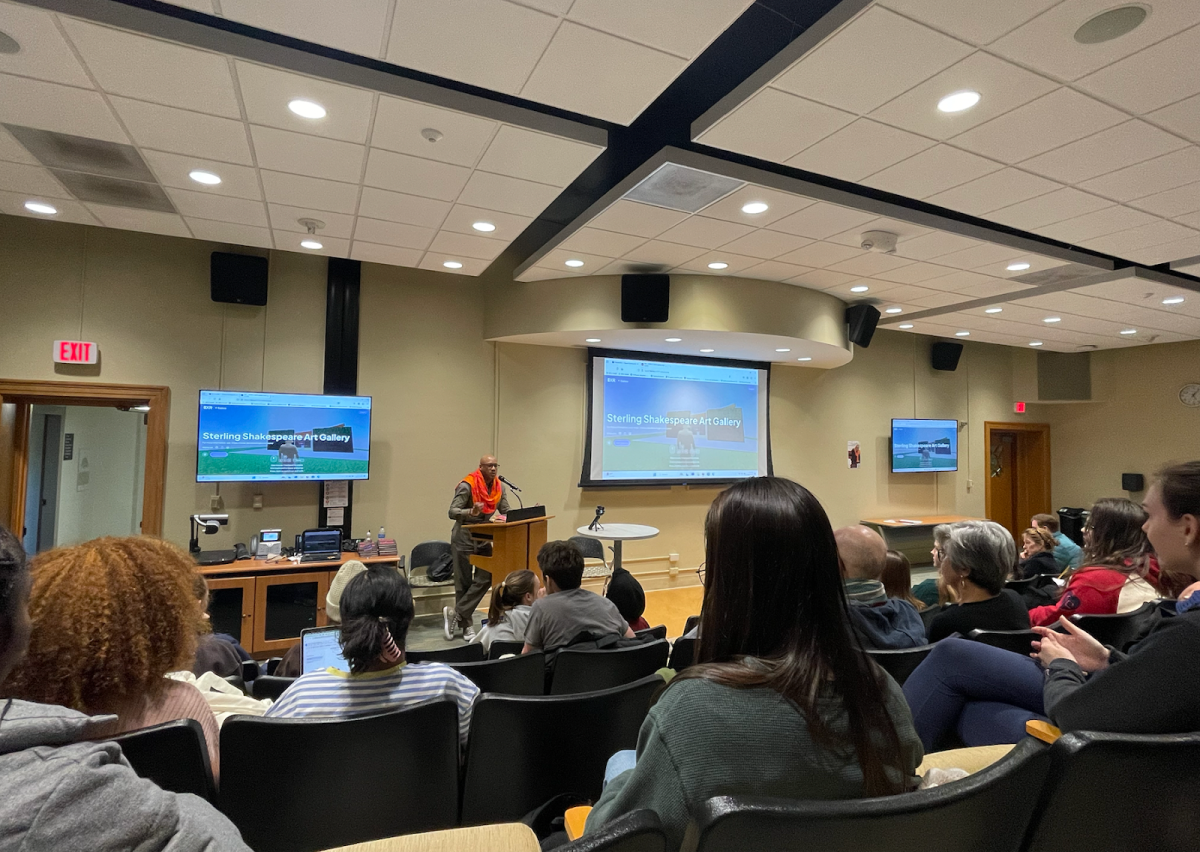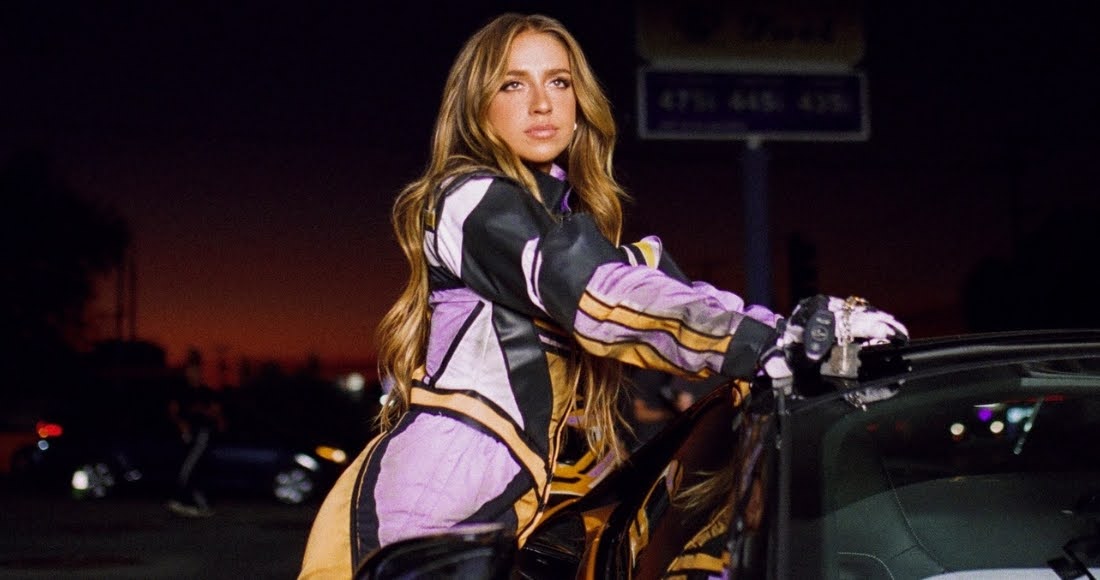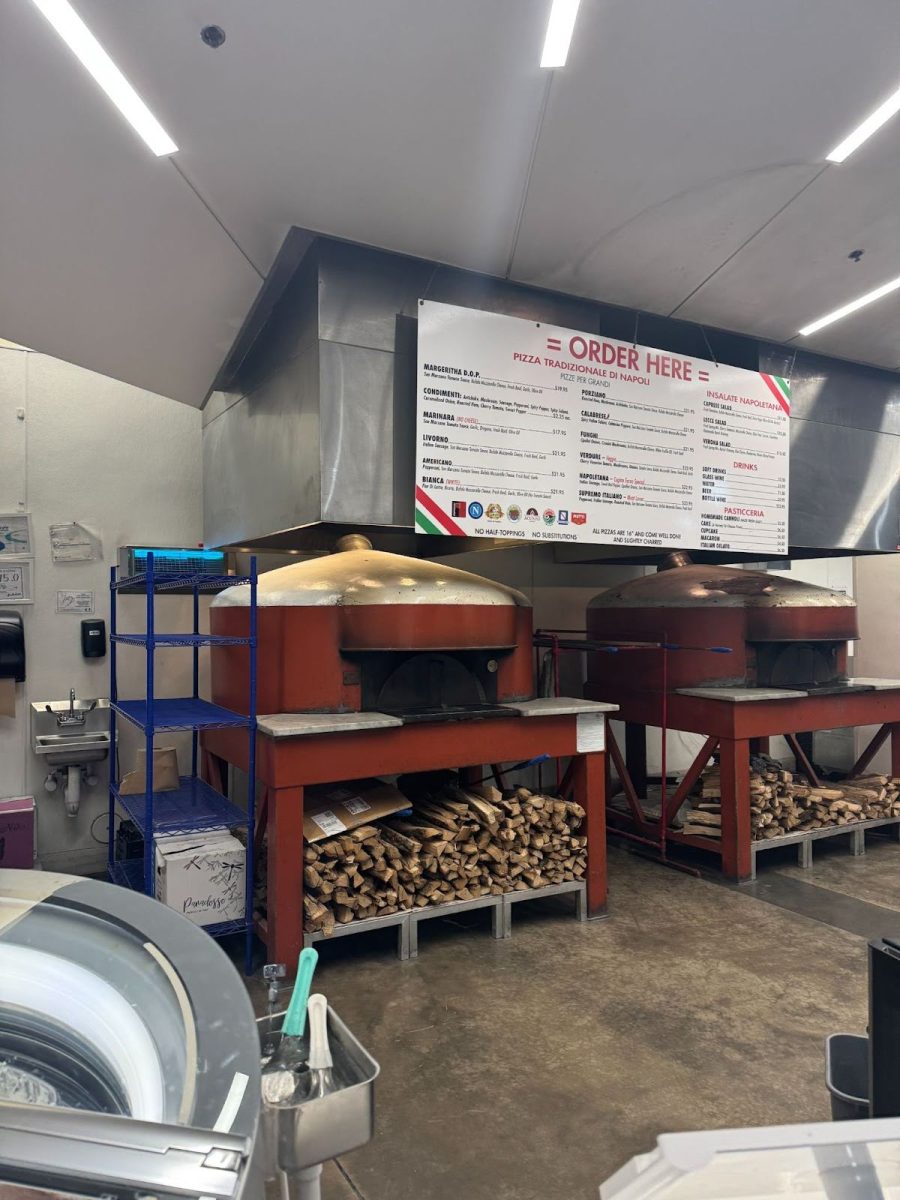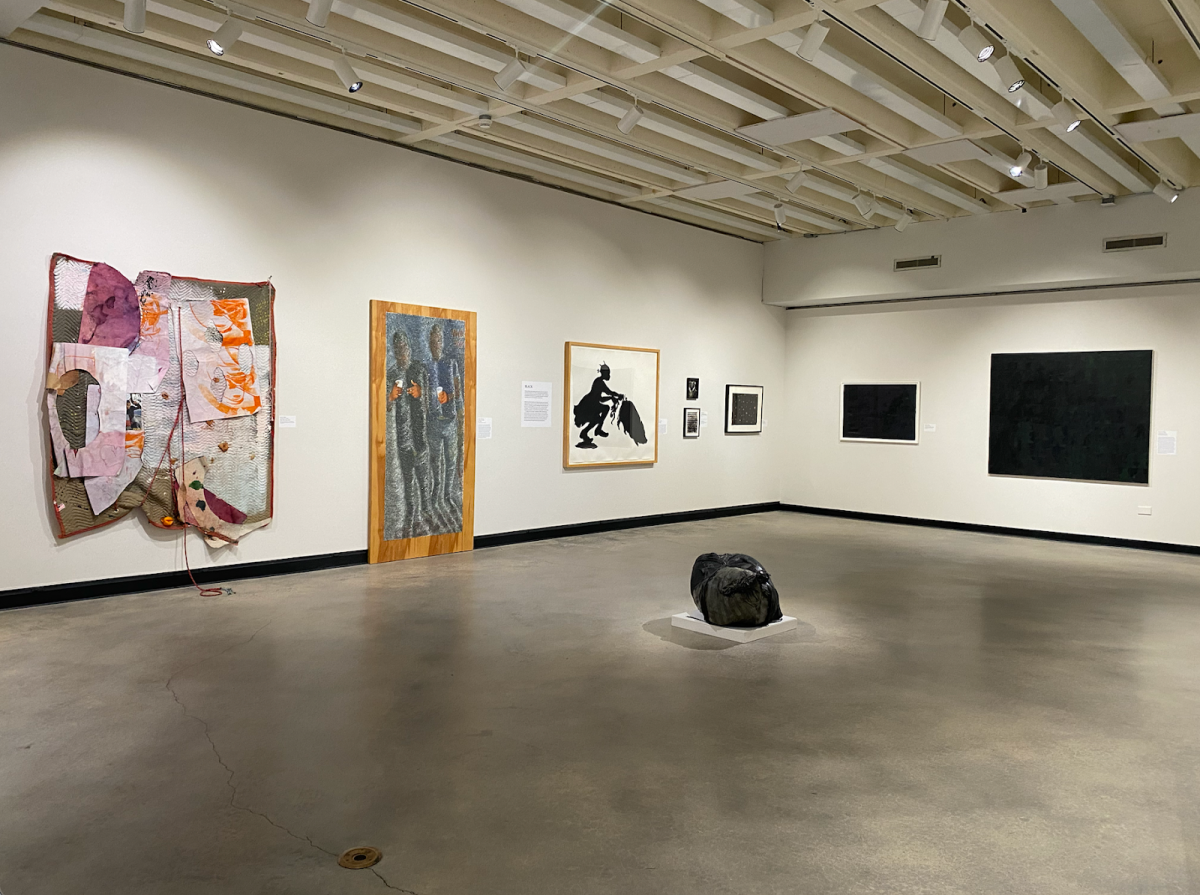Othello — one of Shakespeare’s great tragedies — reveals the “white other,” as outlined by visiting lecturer, David Sterling Brown.
Brown’s lecture “Hear Me, See Me: Sex, Violence, Silence, and Othello” was held at ZSR Library Auditorium on Feb. 20. It provided an in-depth analysis of race, whiteness, and power in Shakespeare’s works — particularly in “Othello.” His discussion delved into how Shakespeare’s texts reinforce racial hierarchies, drawing connections to contemporary racial discourse.
Brown introduced the concept of the “white other,” which appears in Shakespeare’s plays as characters who, despite being white, are positioned as outsiders and often linked to blackness to reinforce racial hierarchies. He argued that Shakespeare’s works reveal the complexities of racial identity and how whiteness itself is not a monolithic category.
“Shakespeare creates distance between those white people who conform to social expectations and norms and those who do not,” Brown explained during his lecture.
He pointed out that characters such as Iago manipulate racial anxieties and tensions, perpetuating anti-Blackness while navigating their unstable whiteness.
He also said that Shakespeare’s plays construct a hierarchy within whiteness, where some white figures are deemed “ideal” while others are marginalized. Furthermore, he believes that the white other is a necessary factor in the negotiation of whiteness and the related perpetuation of anti-blackness. He emphasized that this racial dynamic is not just about blackness versus whiteness, but about how whiteness itself is divided to maintain a system of racial dominance.
Quoting Toni Morrison’s “The Origin of Others,” Brown stated, “One learns othering not by lecture or instruction, but by example.” He tied this observation to “Othello,” explaining how the play’s white characters maintain racial hierarchies by defining themselves in opposition to Othello, the black Moor.
Focusing on Iago, Brown described him as a character who manipulates racial anxieties through deceit and coercion. “Iago’s mindfuck game is so good,” Brown said, eliciting laughter from the audience. He expanded on how Iago’s “intercourse discourse” is not just about deception, but also about how he uses sexually charged language to generate conflict.
“In sleep, I heard Cassio say, ‘Sweet Desdemona, let us be wary, let us hide our loves,’” Brown quoted from “Othello,” highlighting how Iago’s fabricated dream narrative fuels Othello’s insecurities, “Iago’s anti-black rhetoric fuels Brabantio’s racial paranoia.”
Brown did not limit his discussion to Shakespeare’s time, drawing parallels between early modern England and contemporary racial struggles. Referencing the work of Barbara Fields, he noted that race is a social construct designed to maintain power imbalances.
“Racism is what produces race, because we ‘need’ these hierarchical distinctions in order to maintain these imbalances that we have in our society,” Brown siad.
When asked about how his work can influence real-world discussions on race, Brown emphasized the importance of visibility and awareness. “We have to see these things,” he urged. “A lot of people are in denial.” He also called for active participation in dismantling racial hierarchies, preferring the term “accomplice” over “ally” in anti-racist efforts.
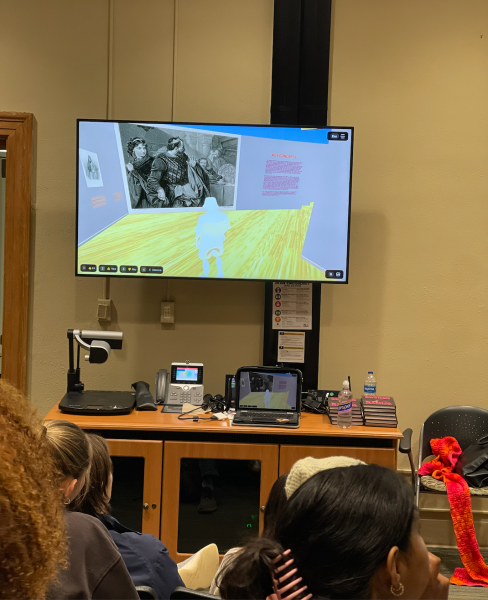
In addition to his literary analysis, Brown introduced a virtual reality (VR) art gallery that he created to complement his book. The VR gallery provides a visual representation of race in Shakespeare’s plays. Brown explained his divine inspiration behind the project.
“I was at a Beyoncé concert in 2018, and I was so enthralled with what she does with visuals and words,” Brown said.
Brown concluded his lecture with a deeply personal reflection, recounting a letter he wrote at 18 after being racially profiled by police.
“I wanted to end the book with those words,” Brown said. “And I was going to have to figure out how to get there through Shakespeare.”
Jianna Julal, a junior, found herself gaining new perspectives from this lecture.
“I’m very glad I came because I’m able to unearth some ideas,” Julal said. “He touched on a lot of like concepts that I’ve never conceptualized before, like otherness and how attaching yourself to blackness creates this white otherness to the complete white identity, that’s the identity awareness we’re used to.”
She continued.
“A black person at the margin, my impression was very impactful hearing his speech from such a different advantage and I really appreciate that,” she said.
Sincere Fielder, a junior, went for this event because it was the center of discussion in his class.
“I really loved it,” Fielder said. “I was so excited to just ask my questions. I wrote like 20 bullet points and I have several takeaways. I’m a poet myself and a novelist, so just hearing how he navigated intersectionality and putting that into a book without it being so forceful, but more so like it’s very fluent.”


